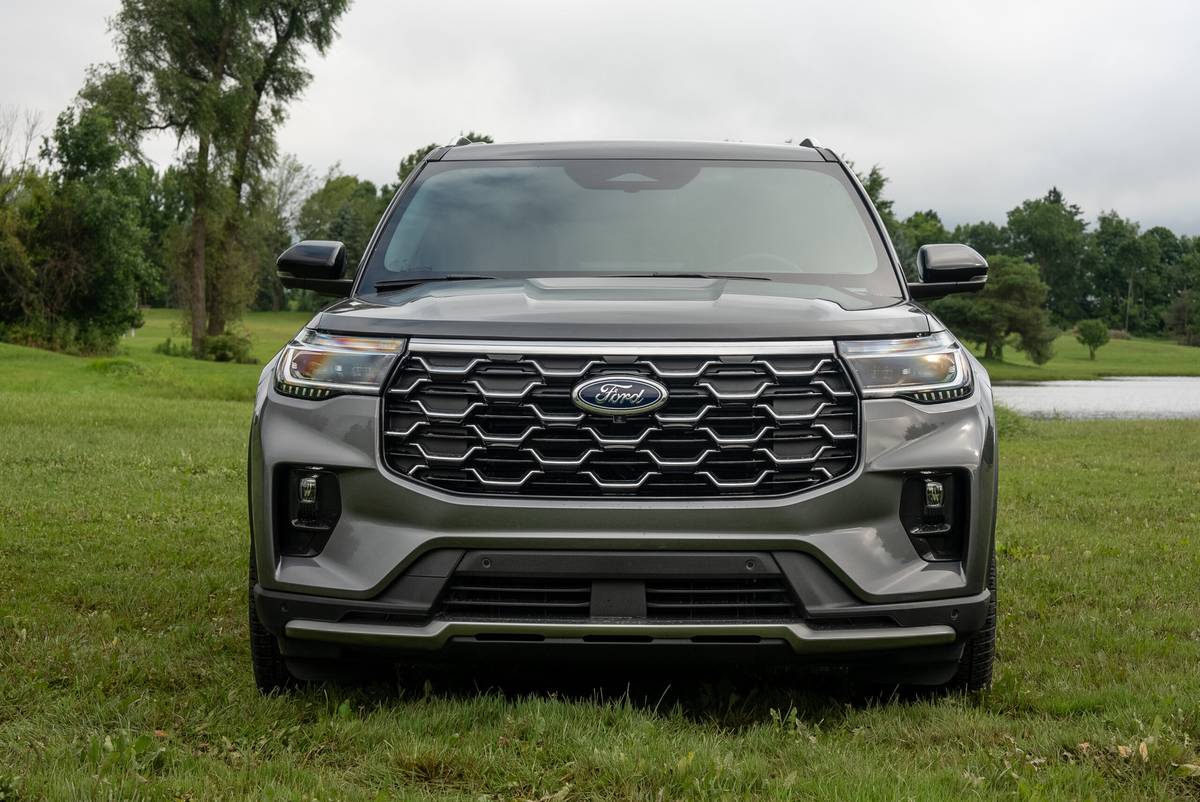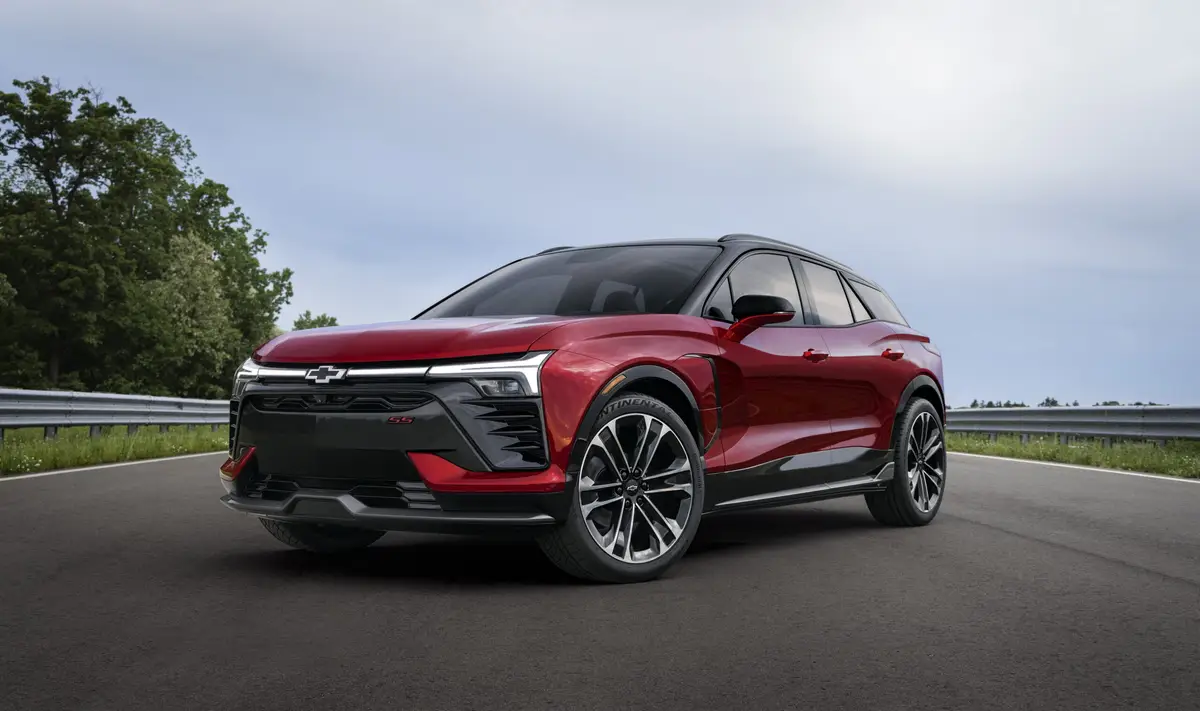Here Are Your Best Used Electric Cars for 2017-19


Whether it’s from high gas prices or a desire for a smaller carbon footprint, more people are looking at electric vehicles and automakers are responding with more choices. But as with all new cars these days, EV prices — even after subtracting tax credits — and slim inventories have shoppers taking a second look at second-hand vehicles.
Related: What to Know Before Buying a Used Electric Car
That’s a good thing. A healthy used-EV market will be important for overall acceptance of them because most U.S. car shoppers buy used vehicles. New registrations for used vehicles in 2021 outnumbered those for new cars by about 3-to-1, according to data firm Experian.
Model-Year 2017-19 Used-EV Choices by Maximum Range
Below are some of the EVs available for model years 2017-19 — those you might find now as used vehicles coming off leases or being replaced by first owners. Some were available in earlier years, while some just arrived for 2019; the model names below will link you to details on all model years available for that EV.
These EVs are listed in order of the maximum EPA-rated range when new for the best-performing 2019 version. Other versions and model years might have a lower rating, and a full rundown of ranges can be found by vehicle and year on the EPA’s site. Keep in mind, however, that the used vehicle’s range likely will be less than the rated range when new. The EPA site also lists the vehicle’s mpg-equivalent, an efficiency measure of how much electricity you’ll use for the miles you travel.
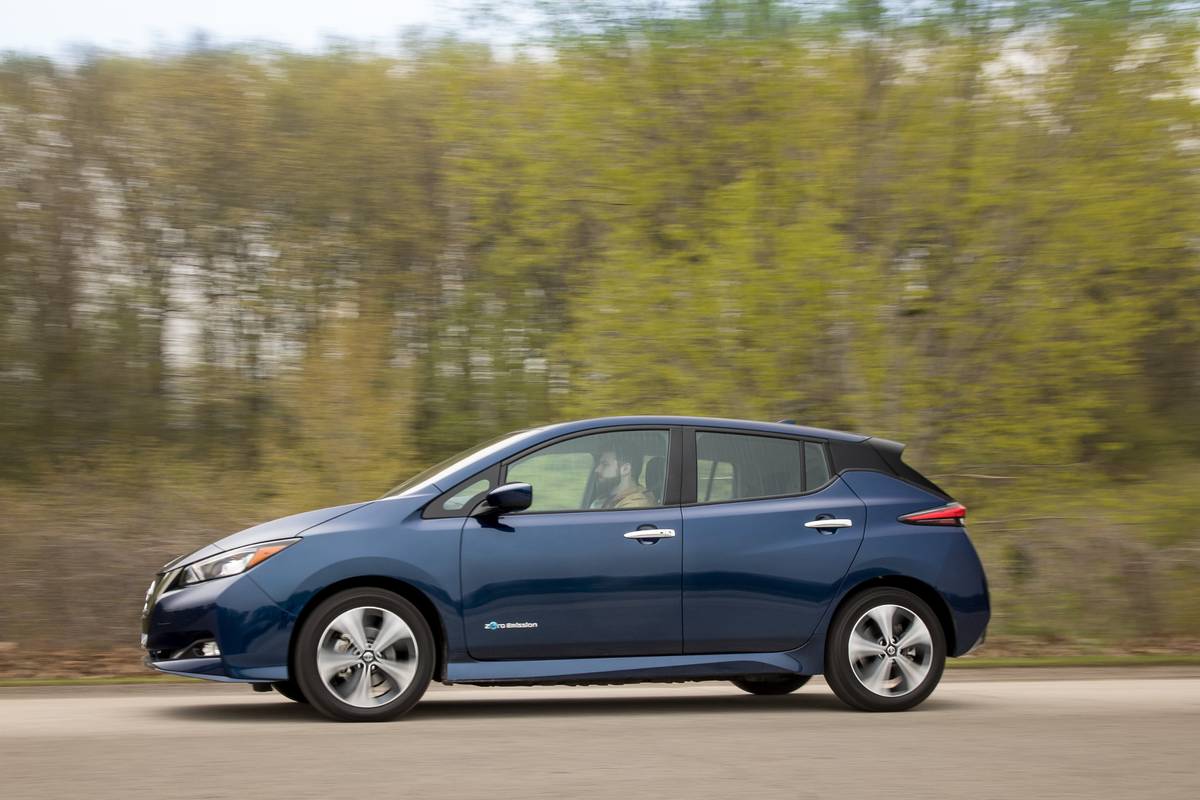
Tesla Model S Long Range: 370 Miles
Tesla’s original large electric luxury sedan was launched for 2012. The several versions offered in the 2017-19 model years, including standard, all-wheel drive and performance, offer at least 210 miles of range.
Tesla Model 3 Long Range: 310 Miles
Tesla launched its smaller and less expensive luxury compact sedan in 2017. The several versions in the 2017-19 model years offer at least 220 miles of range.
Tesla Model X Long Range: 325 Miles
Tesla launched its three-row electric luxury SUV for 2016. While the long-range versions offer the most miles of range, the other versions from 2017-19 offer at least 200 miles.
Hyundai Kona Electric: 258 Miles
This electric version of Hyundai’s subcompact SUV was added for 2019 and continues to be sold in limited states.
Kia Niro EV: 239 Miles
This small, five-seat SUV’s EV version joined hybrid and plug-in hybrid models in the lineup and was new for 2019.
Chevrolet Bolt EV: 238 Miles
This small electric-only hatchback was new for 2017, featuring a pleasing design and urban-friendly size, as well as substantial range for the price at that time.
Jaguar I-Pace: 234 Miles
New for 2019, the I-Pace luxury compact electric SUV features a premium interior and the coupe-ish profile of a European sportback SUV.
Nissan Leaf Plus: 226 Miles
The first-generation Leaf small electric hatchback arrived in 2011 with limited range and power, as we could attest when we owned one. It got considerably nicer and more capable with a second generation that arrived for 2018. The longer-range Plus series with a bigger battery and up to 226 miles of range was added for 2019 (215 miles on higher trim levels). The standard Leaf’s range was 107 miles for 2017 and increased to 151 miles for 2018 and only just dropped to 150 for 2019.
Audi E-Tron: 204 Miles
The E-Tron was an all-new electric SUV for 2019. It’s a traditional luxury SUV in design and capabilities and is roughly the size of Audi’s gasoline Q5 SUV.
BMW i3: 153 Miles
New for 2014 and discontinued after 2021, this four-seat hatchback with an unusual design and eco-friendly interior materials got a range boost for 2019. Earlier years offered 81 to 114 miles. Also unusual is that the i3 offered a small range-extending gas engine good for about 75 additional miles. The engine’s extra weight cut the 2019’s electric range to 126 miles but gave the i3 a combined EPA-rated range of 200 miles.
Volkswagen e-Golf: 125 Miles
The electric version of VW’s Golf hatchback was new for 2015 and U.S. sales were discontinued after 2019 after expanding to most states. The 2017 model brought both increased range (from 83 to 125 miles) and more power (from 115 to 134 hp). It’s a roomy and good-handling traditional hatchback with an electric powertrain.
Hyundai Ioniq Electric: 124 Miles
The compact sedan’s electric variant — there also are hybrid and plug-in hybrid models — was new for 2017 and discontinued after 2021. The EV model was sold in limited states.
Kia Soul EV: 111 Miles
This tall, boxy hatchback was rolled out for 2015 and dropped after 2019. It got a range boost from 93 to 111 miles for 2018.
Honda Clarity Electric: 89 Miles
The Clarity alternative-fuel sedan, which also was offered as a fuel-cell vehicle and a plug-in hybrid, was offered as an EV only for 2019 and sold in limited areas.
Fiat 500e: 84 Miles
The electric version of the 500 coupe was discontinued after 2019. It was new for 2013 and sold only in California, but expanded to some other states in 2016 — cute, fun and small.
Smart EQ ForTwo coupe (58 Miles) and Smart ForTwo Electric Drive (57 Miles)
The electric version of Smart’s tiny two-seater, and the only EV to also have a convertible model, got a new name for 2019, its final year on the U.S. market; a difference of 1 mile of range separated them. It was first sold in 2008 and earlier models through 2016 were rated for a 68-mile range.
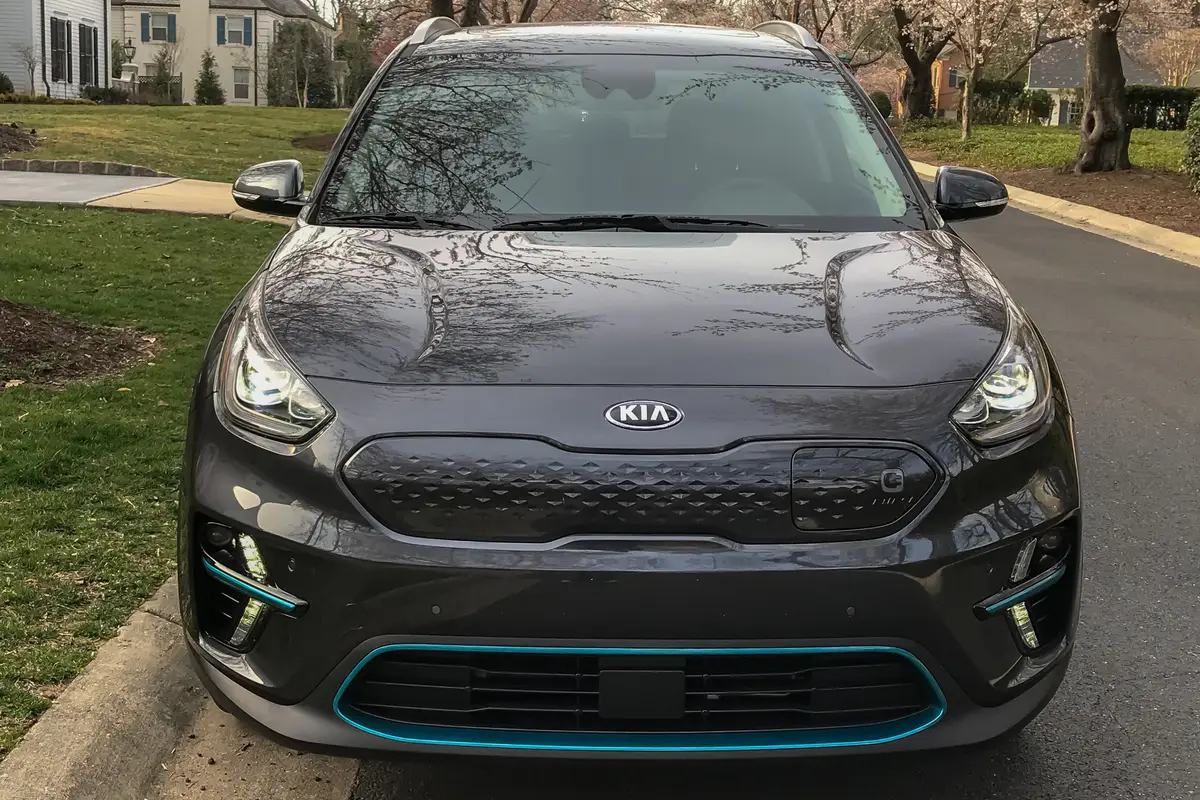
Pros for Buying Used EVs
The savings for used over new can be substantial — greater than for a lot of comparable gasoline-powered cars. That’s in part because tax subsidies for new EV purchases put downward pressure on used prices. Also, improving technology and longer ranges for new EVs make many older EVs less desirable — particularly those with EPA-rated ranges of less than 200 miles. But less range might still be just fine for your daily needs.
Many shoppers worry about failure of the very expensive battery pack at the heart of any EV, but there’s good news on that front: In more than a decade of experience with mass-market EVs, as well as hybrid and plug-in hybrid cars, batteries have exceeded expectations for long-term durability. And long battery warranties — typically eight years or more and 80,000 miles or more — mean late-model EVs, such as those coming off leases, still will have substantial warranty protection left.
While the federal EV tax credit applies only to new vehicles, you should check whether state, city or local municipalities offer incentives for buying a used EV or installing charging equipment.
More From Cars.com:
- What to Know Before Purchasing an Electric Vehicle: A Buying Guide
- Here Are the 11 Cheapest Electric Vehicles You Can Buy
- Which 2020 Electric Cars Have the Greatest Range?
- 2021 Electric Cars With the Longest Range
- 2022 Electric Cars With the Longest Range
- What’s New With Electric Vehicles for 2022?
- Electric Vehicles: Understanding the Terminology
- What Is Level 1, 2, 3 Charging?
- What It Cost to Outfit 6 Homes With EV Chargers
- How Much Does It Cost to Charge an Electric Car?
- Electric Cars for Sale
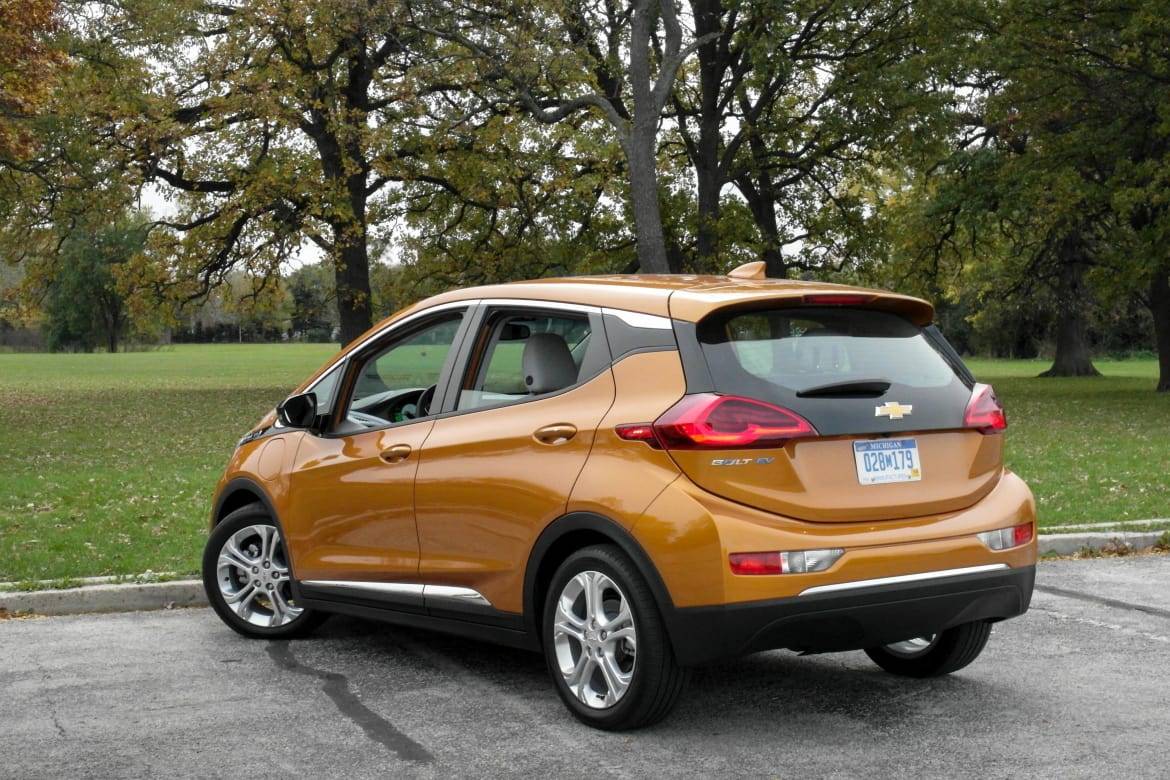
Some Things to Know
While battery failure is extremely rare, some loss of battery capability — and thus range — is inevitable with use and age. An EV typically loses about 20% of capacity by about 100,000 miles or 10 years. How and where (e.g., in extreme temperatures) can accelerate the decline. And battery warranties do not cover this decline, though some guarantee a minimum capacity (often 70%) throughout the warranty period. It’s important to check the health of the battery in the car (most EVs display battery health) or with the dealer so you know what to expect.
It’s also important to confirm with the dealer or by vehicle identification number with the maker’s customer service to confirm the battery warranty coverage remaining for the vehicle, as well as to confirm that warranty transfers to a new owner. It’s also a good time to confirm the exact configuration and options for that car; for some EVs, for example, faster charging speeds or certain charging accessories were options.
While used EVs sell at a substantial discount, many of those available still can be expensive. Luxury brands, led by Tesla’s massive EV market share, remain the bestsellers. That will change in the future, but a used-car buyer is shopping in the past.
The supply of late-model used EVs from 2017-19 can be limited in many areas. EVs have traditionally been a small slice of U.S. auto sales, and many of those vehicles were likely only sold in select markets — most prominently, California and certain other states that have required automakers to sell a share of EVs. That means you might have to travel out of your area or pay for shipping to get the EV you want. In the U.S. in 2021, almost 40% of the EVs on the road — the pool of potential used cars — were in California, says Experian. No other state was in double digits, and many were between 0% and 1%. Cars.com’s dealer listings are a good place to expand your EV search area.
Before you buy, you should have a plan for how you will keep your EV charged and budget for it, too. We recommend a Level 2 home charging station for practical EV ownership. The cost will vary based on your circumstances; see examples of how it varied for Cars.com editors.
Related Video:
Cars.com’s Editorial department is your source for automotive news and reviews. In line with Cars.com’s long-standing ethics policy, editors and reviewers don’t accept gifts or free trips from automakers. The Editorial department is independent of Cars.com’s advertising, sales and sponsored content departments.

Former D.C. Bureau Chief Fred Meier, who lives every day with Washington gridlock, has an un-American love of small wagons and hatchbacks.
Featured stories

